That Shell Might Not Look Comfy to You and Me, But to Ezra?
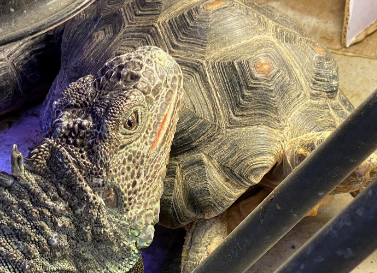
I have a suspended heat lamp that the tortoises like to use. They gather together underneath to share in the warmth. The tortoises chose their spot, then sit down and bask for a while. Recently, Ezra Green Iguana was out for a stroll and happened across the non-creeping creep of tortoises. Ezra pulled himself up […]
Uh, Oh! A Green Iguana Found in Sweetwater Wetlands Needs a New Home
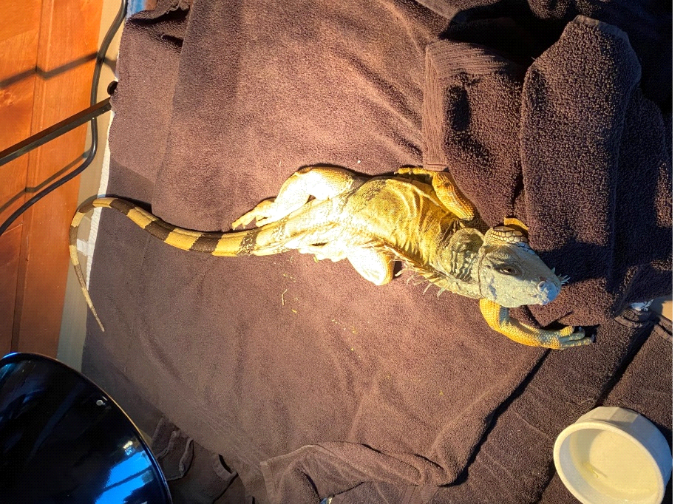
Here is Albert finishing up his recovery in foster care. By the way, he’s very adept at using his magnificent tail for defense! The Sonoran Desert is not known for its wetlands. That’s why the Sweetwater Wetlands are so special. This isn’t a natural wetlands, but was created by the City of Tucson’s reclaimed water […]
What is that Tongue Doing?
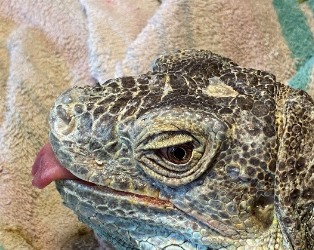
I have lived with many iguanas over the years, but Stella, a green iguana, is the only one who constantly sticks her tongue out. I’m always afraid I’ll startle her and she’ll cut her tongue with her razor sharp teeth. Fortunately, that has never happened. Her tongue is intact. So, why is her tongue always […]
How Do You Know if a Lizard is a Green Iguana? by Curtis Curly-tail
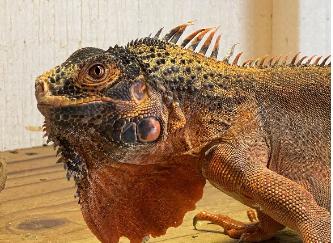
Hello, out there, friends and fans! It’s me, Curtis Curly-tail! Today, I wanted to ask you if you knew that Green Iguanas, Iguana iguana, come in different colors? And, if they come in different colors, how do you tell if a lizard is a green iguana? You look for the subtympanic scale. “What is that?” […]
Not Everyone Wants to Be a Star! by Curtis Curly-tail
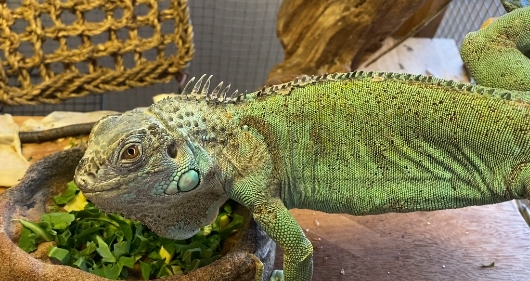
Hello, friends! It’s me, Curtis Curly-tail! I’m visiting my friend and author of fun science books, Elaine A. Powers. She’s working with Brad Peterson, who is, among other things, a talented graphic artist and animator. He had the idea to educate about reptiles by showing them eating. Of course, I agreed to help with the […]
The Story of a Green Iguana Named Stella
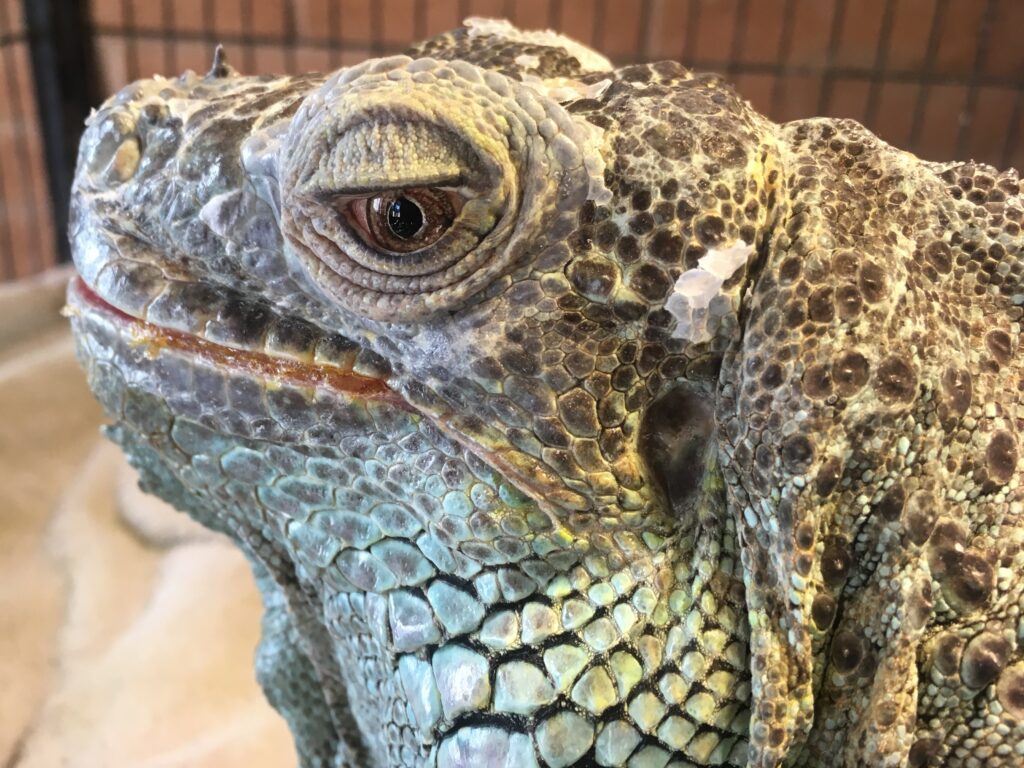
I am an author of both children’s and adult science books, inspired to write about the world of reptiles. I am as ‘at-home’ with reptiles as I am with mammals–perhaps even more so. And I tend to look after the underdogs. So, when Stella, a green iguana, was found on a street in Bethlehem, PA, […]